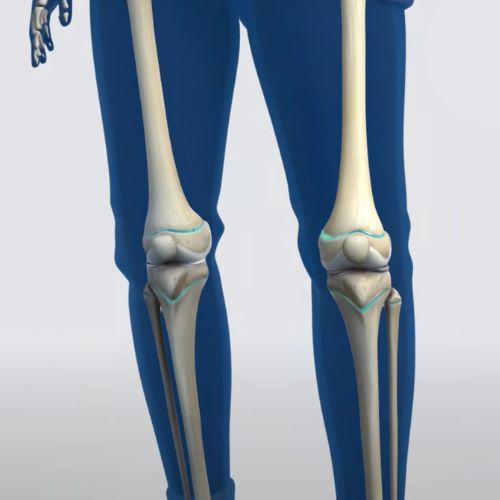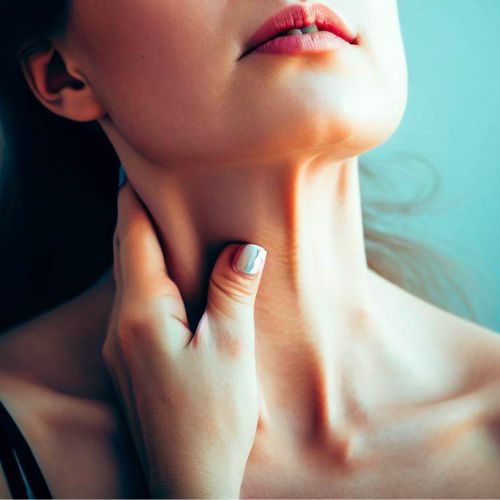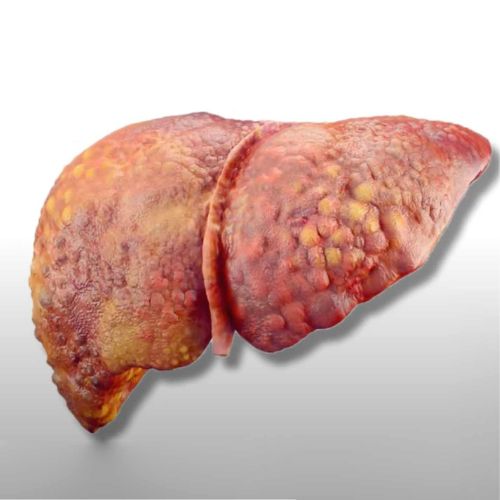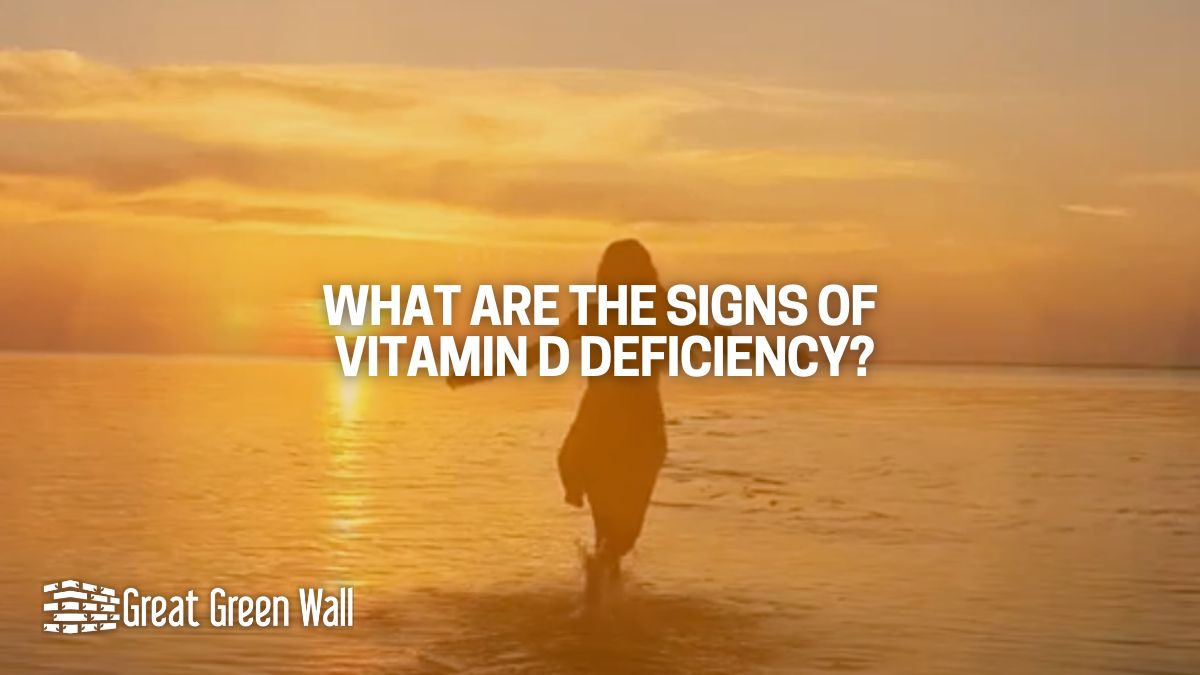Across all the vitamins and minerals we take, one of the most important is Vitamin D. That’s largely because it’s not present in many foods. In fact, the best source is still direct sunlight on our skin. And the prevalence of low Vitamin D is widespread all over the world.
For instance, globally, 1 Billion people are Vitamin D Deficient. And a 50% of all people are Vitamin D Insufficient. In the US, the numbers are striking, 41.6% of people are Deficient. In the Uk 17% of Adults and 20% of Children don’t get enough.
With so many people not getting enough, one could be tempted to think that it’s not that important, but the consequences of not getting enough Vitamin D can be dire. In fact, some side effects are deadly.
Quick Hits
Most Common Symptoms
The following symptoms may not apply to everyone. For instance, Low-T may not be an issue for many women. But others, like Cognitive Decline in later years, should be noted by all readers.
Rickets
Rickets is the name for a bone disorder, typically in children, characterized by soft, weak bones that will bend and even break just under the body weight of the child. One of the most common causes of Rickets is Vitamin D Deficiency.
Bone Frailty
The risk of bone frailty doesn’t end once we’re grown. Because Vitamin D is necessary for Calcium absorption and use, we literally can’t keep our bones strong enough to hold us up without it. And later in life, breaking bones can lead quickly to death.

In fact, in the elderly, breaking a hip can lead to a mortality rate as high as 79%. That’s because after we break a major joint like the hips, we move around less, leading to pneumonia and other morbidities.
Hypothyroidism
This condition is characterized by an enlarged Thyroid, and the leading association of all causes is lack of Vitamin D. And Hypothyroidism can lead to infertility, birth defects in children, and even heart failure.

Cognitive Impairment
Cognitive Impairment isn’t something many people associate with Vitamin D, but perhaps that’s one reason so many aging adults feel drawn to warmer climes. An observational study found that Vitamin D Deficiency led to significant declines year after year.

People without enough Vitamin D had lower verbal scores, impaired memory, and even signs of early Alzheimer’s. Furthermore, their analysis of studies comprising almost 3,000 people found the same results.
Asthma
While multiple studies have determined that a lack of Vitamin D during developmental years can increase the rates of childhood asthma, recent scholarship indicates that adults face higher risks of asthma attacks, as well.
One UK study found that adults without enough Vitamin D had a 20% greater likelihood of asthma attack than others.
Cancer
A meta-analysis of patient records and hospital databases found that Vitamin D can not only help prevent certain cancers–lack of Vitamin D can even cause some of them. Lack of Vitamin D was implicated in:

- Breast Cancer
- Myeloma
- Prostate Cancer
- And Colorectal Cancer
Cardiovascular Disease
Vitamin D has been observed to correlate to elevated risk of cardiovascular disease, through a variety of mechanisms, including glucose metabolism and regulating hyperlipidemia (increased fat in the blood). And there isn’t just one heart disease associated with a lack of Vitamin D. It strikes everywhere heart-health is related.

Low Testosterone
While many of our readers are already aware that Vitamin D is an effective T-Booster, it may bear repeating that there is a direct, causal relationship between adequate Vitamin D levels and healthy Testosterone. As an example of how important it is, one study found that insufficient Vitamin D can cause T-drops so dramatic it can lead to infertility.

People at Risk
Many of you reading this may be thinking, “That all sounds serious, but surely I get enough Vitamin D.” To that I would draw attention back to the beginning of the article, where it appears that nearly half of all Americans, and a sixth of all UK adults, really aren’t getting sufficient Vitamin D. Below are the most at-risk groups; if you think you may fall into one of them, consider the next section on how to get more Vitamin D.
Vegans
Because nearly every food source of Vitamin D is animal-based, vegans and vegetarians are one of the most at-risk groups for inadequate intake.
Breastfeeding Mothers
We probably don’t need to tell mothers this, but as a reminder, breastfeeding can strip a mother of many essential nutrients. No wonder, then, that the US government recommends breastfeeding moms even take a Vitamin D supplement.

High Melanin Individuals
Because of the nature of Melanin (the pigment in our skin), UV isn’t absorbed as well the more dark we get. People who go very dark in Summer, or who are naturally more dark, are at higher risk of not getting enough Vitamin D from the Sun.
Older People
Similar to people with high Melanin, older people have a harder time absorbing and synthesizing Vitamin D from sunlight.
Liver/Kidneys (Crohn's, UC, Celiac)
There are some startling statistics on Liver Disease, Kidney Disease, and other gastrointestinal diseases related to Vitamin D Deficiency. Suffice to say, all of these illnesses affect how well we can process Vitamins, especially fat-soluble ones like D. If you or someone you know has such an affliction, seeking medical advice about Vitamin D supplementation may be in order.

Medications
Certain medications have interactions that make it harder to absorb nutrients. Unfortunately, some of these are life-saving drugs we really can’t do without. So if you’re taking one of the following categories, consider the next section on how to make sure you’re getting enough Vitamin D to override the absorption problem.

Drug Types
Sources of Vitamin D
The recommended amount of Vitamin D is fairly low (around 15 mcg), which makes the data on insufficiency alarming, indeed. The following are the best ways to make sure you’re getting enough. And remember, because it’s fat-soluble, you can store extra Vitamin D up in your system, day to day, for future use.
Sunlight
It turns out we don’t need a lot of sun exposure to get our Vitamin D, but not all sunlight is created equally. Around a half-hour, a couple days per week, in the early afternoon is sufficient for most people.
But this is also dependent on our skin pigment, how much skin we expose, and our age. For instance, someone with very little Melanin, in their 20s, wearing a tank-top, will not need that full half-hour. Older people, or those in cold climates with lots of clothing on, will need closer to an hour.
Foods
Because Vitamin D is stored in the fat of animals, the best foods to get it from are, yes, the fattier ones:
- Fish oil
- Sardines
- Egg yolk
- Beef Liver
Supplements
And of course, if you don’t have the time or the climate for sunbathing, and you don’t feel much like a teaspoon of cod liver oil, you can always find safe and reliable supplements to help with your Vitamin D intake.
Final Thoughts
There are myriad signs that you could be deficient in Vitamin D. But sadly, some of them may come when it’s too late–such as later-in-life cognitive decline, or frail bones. That’s why perhaps it may be a good idea to simply check on your lifestyle choices. Make a food journal, or keep track of your sun exposure, or even simply ask your doctor for a blood test. And no matter what, the solutions are within reach–whether it’s an extra fatty piece of tuna, an afternoon in the sun, or a daily supplement.

